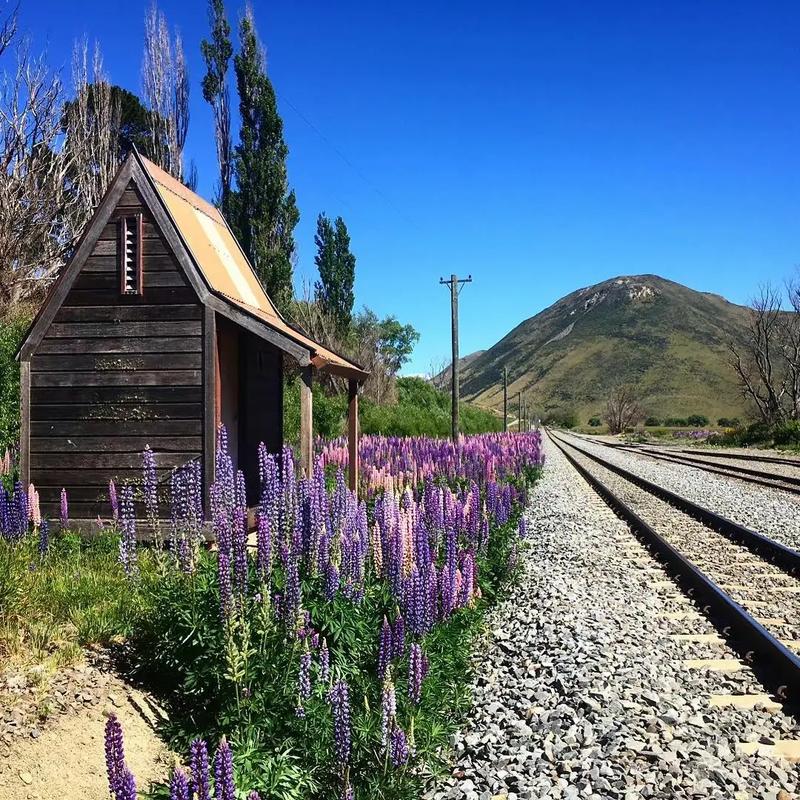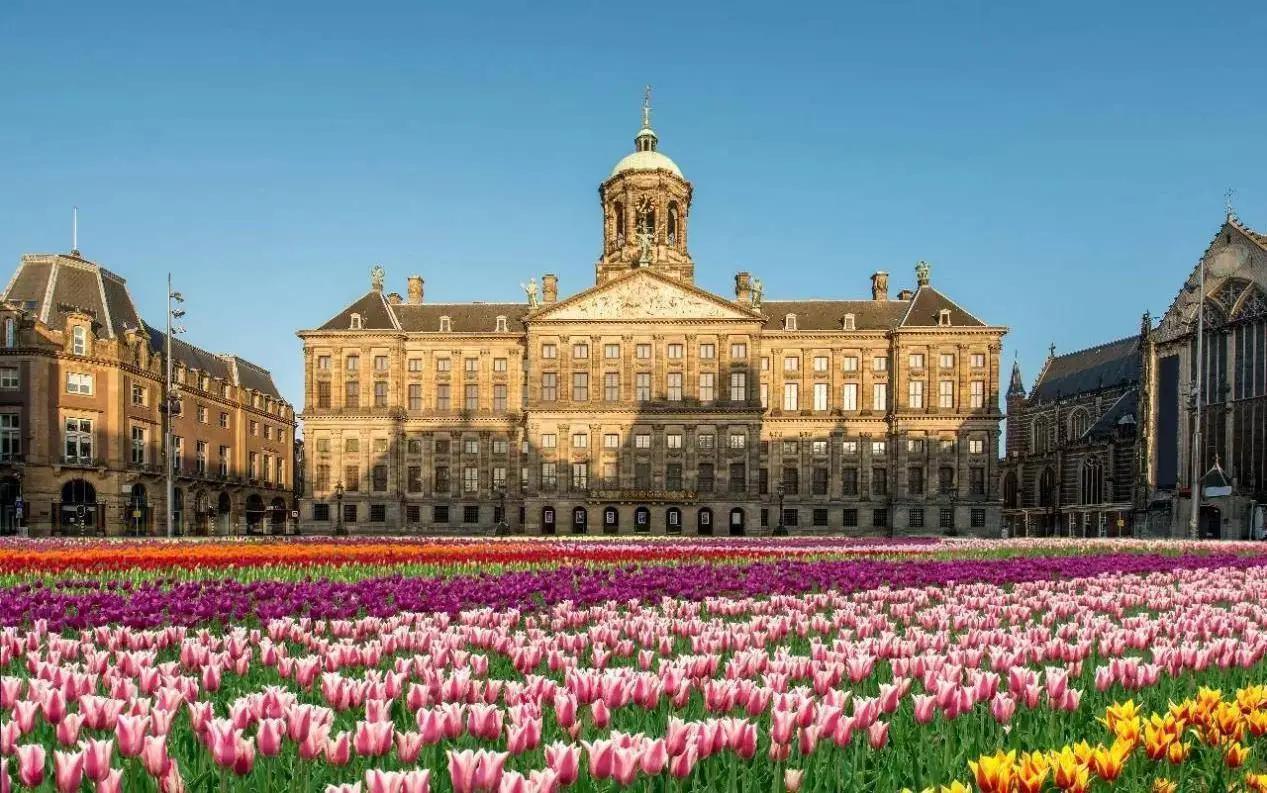Japan Travel
Japan’s Archery Ranges: Kyudo Experience Attractions
Japan’s Archery Ranges: Kyudo Experience Attractions
In the heart of modern Japan, where neon lights and high-speed trains define the rhythm of daily life, there exists a world of profound silence and deliberate motion. This is the world of Kyudo, the Japanese martial art of archery. More than just a sport or a skill, Kyudo is a moving meditation, a discipline that integrates body, mind, and spirit in the pursuit of truth, goodness, and beauty. For travelers seeking not just to see, but to understand, Japan’s Kyudo ranges offer a rare and transformative portal into the soul of Japanese culture.
Unlike Western archery, which prioritizes accuracy and hitting the target, Kyudo is often called “the way of the bow.” The ultimate goal is not merely to pierce the paper target, but to achieve shin-shin-ichinyo – the unity of mind and body. The perfect shot is one where the archer’s form, spirit, and technique are in such harmony that the arrow releases itself. The resulting hit is almost a secondary confirmation of this inner correctness. This philosophical depth is what transforms a visit to a Kyudo range from a simple activity into a profound cultural experience.
The Architecture of Serenity: The Kyudojo
The space where Kyudo is practiced, the kyudojo, is meticulously designed to foster the right mindset. Stepping into one is to leave the chaos of the outside world behind. Traditional kyudojo are often wooden structures, open on one side to face the target bank, called the mato-za. The atmosphere is hushed, punctuated only by the rustle of hakama (traditional pleated trousers), the creak of a bamboo bow, and the thrum of a released string.
The most sacred area is the shomen, the front wall, which often holds a small Shinto shrine, reminding practitioners of the spiritual dimensions of their practice. The 28-meter distance to the target is not arbitrary; it is a space for the arrow to “breathe” and complete its flight, a concept known as yatsuhashi. Every architectural element, from the placement of the targets to the type of wood used, is intentional, creating an environment of reverence and focus.
The Ritual of the Shot: A Dance of Precision
Watching a seasoned Kyudo practitioner, or kyudoka, is to witness a slow, graceful dance. The shot is broken down into eight distinct, cohesive stages, known as the hassetsu. Each stage is a meditation in itself:
- Ashibumi: Planting the feet firmly on the ground, forming a stable V-shape, and rooting oneself to the earth.
- Dozukuri: Forming the correct posture, aligning the spine, and achieving a state of physical and mental calm.
- Yugamae: Ready the bow. This includes gripping the bow, nocking the arrow, and turning the head to gaze at the target, a moment of intense focus.
- Uchiokoshi: Raising the bow gracefully overhead in a single, fluid motion.
- Hikiwake: Drawing the bow, which involves expanding the body outward to the left and right, creating immense tension not just in the arms, but across the back and core.
- Kai: The full draw. This is the climax, a moment of maximum tension and absolute stillness. The archer holds this form, fully expanded, mind utterly focused, waiting for the release to occur naturally.
- Hanare: The release. In a perfect shot, the release is a surprise even to the archer—a natural consequence of the built-up energy. The string snaps forward, the arrow flies silently, and the bow spins in the archer’s hand (yugaeri).
- Zanshin: “Remaining heart” or “lingering mind.” This is the final, crucial stage where the archer maintains their posture and mindset, following the arrow’s flight without reaction, absorbing the entirety of the action just completed.
This meticulous process, which can take minutes for a single shot, teaches patience, presence, and the elimination of ego. For a visitor trying Kyudo, the challenge is not power or aim, but remembering the sequence and embracing its slow, deliberate pace.
Where to Experience Kyudo in Japan
Several locations across Japan welcome visitors to observe practice sessions or, even better, to try a beginner’s lesson under expert guidance.
- Tokyo: The Meiji Jingu Kyudojo, nestled within the forested grounds of the Meiji Shrine in Harajuku, is one of the most iconic places to witness Kyudo. The contrast between the surrounding urban frenzy and the absolute tranquility of the kyudojo is striking. While observation is often possible, booking a formal experience is recommended.
- Kyoto: As the cultural heart of Japan, Kyoto offers numerous opportunities. The Budō Center and other dojos in the city offer short experiential courses where visitors can don a hakama, learn the basic principles, and release a few arrows under the watchful eye of an instructor.
- Nara: Home to many ancient traditions, the grounds of Tōdai-ji Temple sometimes offer Kyudo experiences with the magnificent historic backdrop of the temple itself, connecting the practice directly to its spiritual origins.
- Rural Dojos: For a more immersive and less touristy experience, seeking out a local dojo in a smaller city or town can be incredibly rewarding. Places like the Yoshinkan Dojo in Morioka or dojos in cities like Kumamoto often have deep community roots and a more personal approach.
The Experience: What to Expect as a Visitor
A typical one-hour beginner experience usually starts with a bow from the master instructor. You will learn the basic etiquette: how to enter and leave the dojo, how to handle the bow (yumi) and arrow (ya) with respect. The yumi itself is a marvel—asymmetric, over two meters tall, and made of laminated bamboo and wood.
You will then be guided through the first few stages of the hassetsu. You will struggle with the awkward footing of ashibumi, feel the strain of holding the heavy bow aloft, and learn the unique two-handed pull of hikiwake. Hitting the target is highly unlikely and entirely beside the point. The triumph is in successfully navigating the complex form, feeling the immense physical and mental concentration required, and perhaps, for one fleeting moment, achieving a sliver of the focus that defines Kyudo.
The session ends as it began: with a bow of gratitude. You may leave with sore muscles, but you will also carry a deep appreciation for the discipline, the artistry, and the philosophical depth of this ancient practice.

In a nation that masterfully balances the ultra-modern with the deeply traditional, Kyudo stands as a powerful testament to the latter. It is a living art, not a museum piece. A visit to a Kyudo range is more than an attraction; it is an invitation to slow down, to engage in a centuries-old ritual of self-cultivation, and to understand a key part of the Japanese aesthetic—where every movement has meaning, and the journey truly is the destination. It is an experience that resonates long after the echo of the bowstring has faded.
相关文章
- Yamagata’s Zao Onsen: Snow Monster Hot Spring Attraction
- Japan’s Maid Cafés: Akihabara Subculture Attractions
- Okayama’s Okayama Korakuen: Historic Garden Attraction
- Japan’s Horse Racing Tracks: Equestrian Sports Attractions
- Tokyo’s Odaiba Gundam: Anime Icon Attraction
- Japan’s Doll Festivals: Hinamatsuri Attractions
- Kagoshima’s Ibusuki Onsen: Sand Bath Hot Spring Attraction
- Japan’s Table Tennis Clubs: Recreational Attractions
- Kyoto’s Nishiki Market: 400-Year-Old Food Attraction
- Japan’s Camellia Festivals: Winter Flower Attractions
发表评论
评论列表
- 这篇文章还没有收到评论,赶紧来抢沙发吧~


